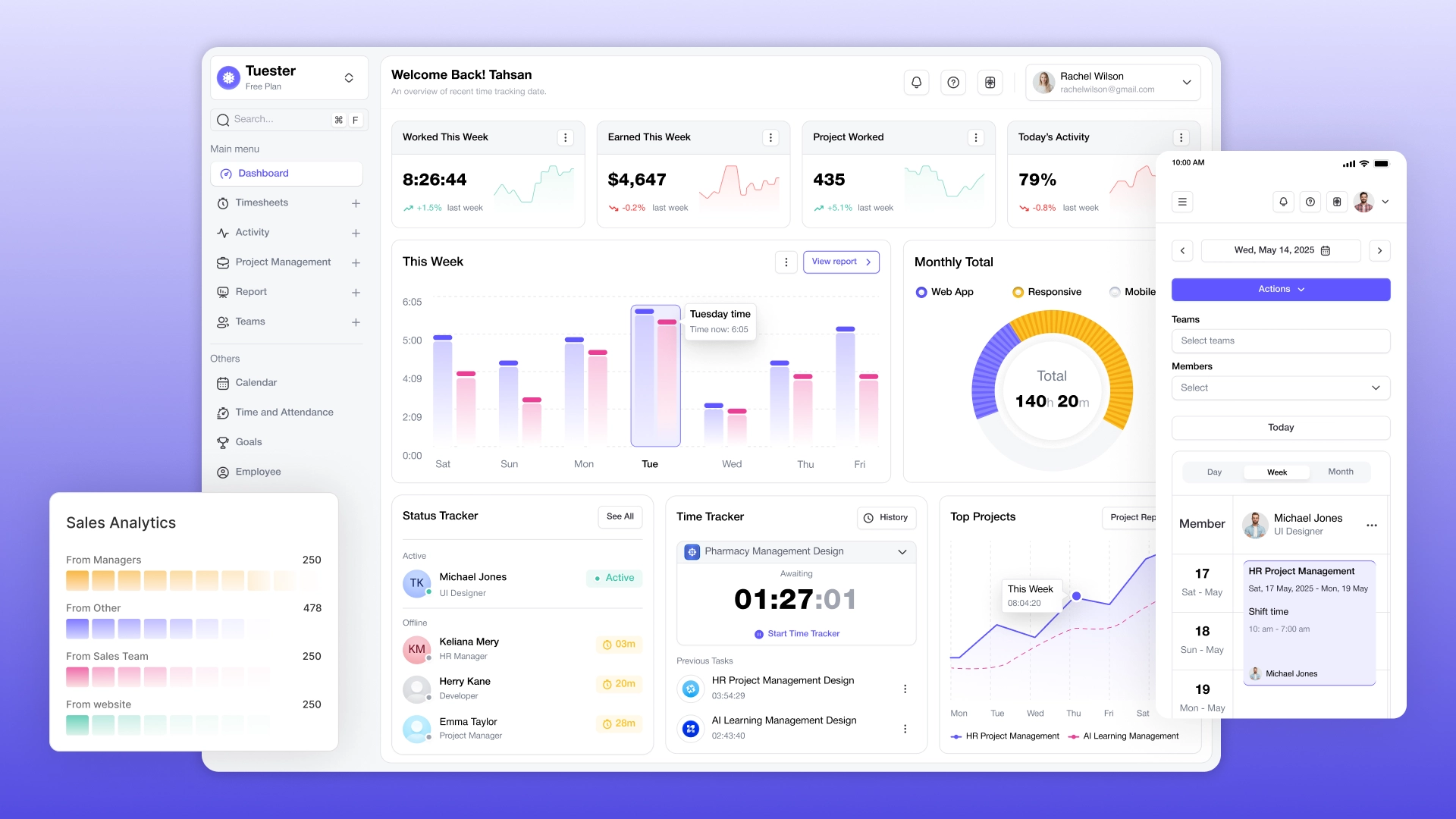
Many companies start implementing a CRM or ERP system with enthusiasm, but they soon face the same problems: deadlines keep shifting, the budget grows, and the final result turns out to be far from expectations. The reason is almost always the same – the lack of a well-prepared Terms of Reference (ToR). Without a ToR, developers work “by guesswork,” the client loses control over the process, and the system itself stops matching actual business processes. As a result, the project turns into endless rework and a source of expenses instead of a growth tool.
A properly prepared Terms of Reference helps avoid this. It turns abstract wishes into a clear plan: it defines business goals, describes functionality, and sets boundaries for budget and timelines. Essentially, the ToR becomes the project’s roadmap, ensuring that the final CRM or ERP truly addresses the business needs. In this article, we will go step by step through the process of preparing a Terms of Reference so that your project is manageable, transparent, and successful.
A Terms of Reference (ToR) is a document that formalizes the client’s requirements for the future system and records the agreements between the client and the contractor. In IT projects, it plays the role of a “roadmap”: it outlines business goals, functional and non-functional requirements, user scenarios, as well as constraints regarding deadlines and budget.
In essence, the ToR is a common language through which business and developers interact. The Terms of Reference is a tool that helps transform ideas and abstract expectations into a concrete action plan that is clear to all project participants.
The absence of a clearly formulated Terms of Reference leads to common problems:
In other words, without a ToR the project moves chaotically: the client and the contractor have different ideas about the final outcome, which inevitably leads to conflicts, wasted time, and wasted money.
Next, let’s look step by step at how to prepare Terms of Reference for a CRM/ERP system.
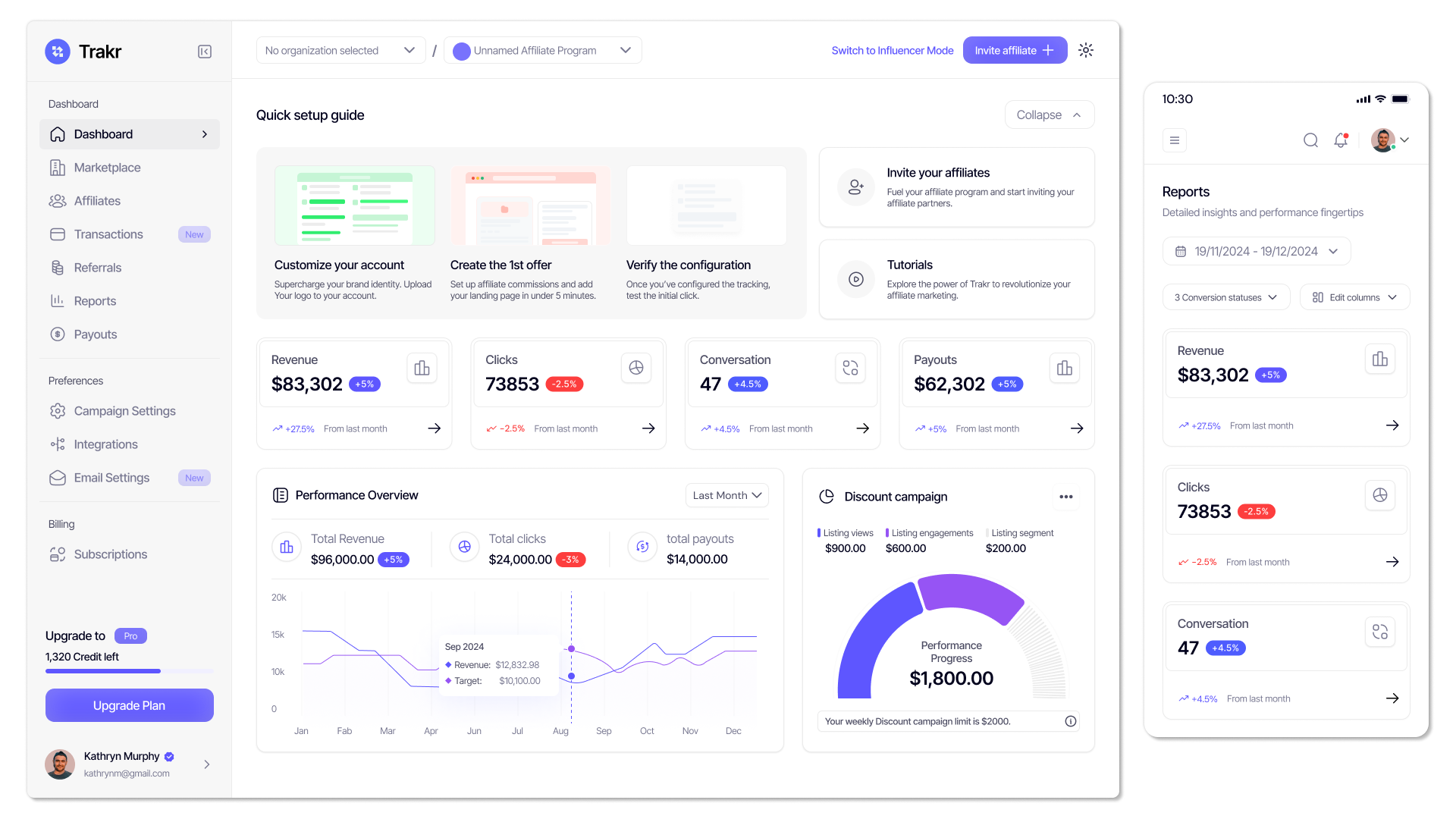
Before describing the future system, it is important to understand how the company operates today. At the first stage of preparing Terms of Reference for ERP or CRM, key business processes are documented: sales, procurement, warehouse management, accounting, and customer interactions. The analysis helps identify “bottlenecks” – routine operations, duplicated actions, data loss – and to define the problems that the CRM or ERP must solve.
The ToR should answer the question: why is the system being implemented? Goals may vary: increasing sales transparency, reducing costs, speeding up document flow, or improving customer service. Each goal must be supported by measurable metrics: order processing time, number of deals per manager, speed of request resolution. This makes it possible to objectively evaluate the project’s effectiveness after launch.
A CRM/ERP system is a tool used by different categories of employees: sales managers, accountants, department heads, and top management. It is important to define their roles and access rights in advance: who creates documents, who approves them, who only has access to reports. Clear role separation not only improves usability but also ensures data security.
CRM for hostel
At the beginning of ToR preparation for a CRM, the key inputs are defined: the project purpose, terminology, scope of use, and possible limitations. This serves as a “framework” that sets the direction for the entire development. Here, the document describes which business tasks the system should address, which standards and regulations are considered, as well as technical and organizational constraints (for example, using a specific technology stack or integrating only with the existing infrastructure).
When we prepare Terms of Reference (for example, for developing a CRM system), we aim to explain the structure as fully as possible and show how all functional requirements are derived.
This is the core of the ToR, where the modules and their functionality are described in detail. Examples include:
Each module must be described as specifically as possible so that developers clearly understand which scenarios need to be implemented.
Beyond functionality, it is important to define quality requirements for the system:
For successful implementation, it’s not enough to simply build the functions – they must also be convenient to use. A ToR for CRM or ERP typically includes interface prototypes and user scenarios. This helps visualize the future system and avoid misunderstandings during development.
CRM or ERP systems rarely exist in isolation. The ToR should specify all required integrations, such as:
As a rule, such integrations are implemented through APIs (REST, GraphQL, SOAP) – the main channel for data exchange between systems. This defines exactly which data can be transferred, in what format, and according to which rules, ensuring predictability and compatibility across services. The more detailed the integration points are described, the easier it is for developers to build a unified digital environment without “lost” data or broken processes.
A purely textual description of functions is often interpreted differently. To avoid misunderstandings, prototypes of interfaces created in tools like Moqups, Figma, or Balsamiq are added to the ToR. A prototype shows how system screens will look, which controls are available, and how the user moves through a scenario. At this stage, making changes is the easiest: adjustments to a prototype cost far less than reworking finished code.
To structure requirements, a complete list of CRM/ERP features is created. All items are compiled into a table: which functions are mandatory, which are “desirable,” and which can be implemented in later phases. Such a checklist helps set priorities, align expectations with the business, and later use it as a development control tool.
A good practice is to supplement the document with a video presentation. A short clip demonstrating the prototype and analyst’s commentary makes communication between client and team easier, and also helps onboard new project participants faster. A video captures the overall context and reduces the risk that critical details will be understood differently.
The ToR should describe how key operations will be automated:
This makes it possible to test the system’s logic in advance and ensure usability for end users.
When developing complex systems, it is important to fix the architecture of the future CRM/ERP. UML class, use case, and sequence diagrams help visualize relationships between objects and processes. The database structure defines key entities, their fields, and relationships. This level of detail reduces the risk of errors during development and simplifies scaling in the future.
When implementing off-the-shelf solutions, the focus is not on designing architecture but on building integration schemes and customizing them to fit the company’s business processes.
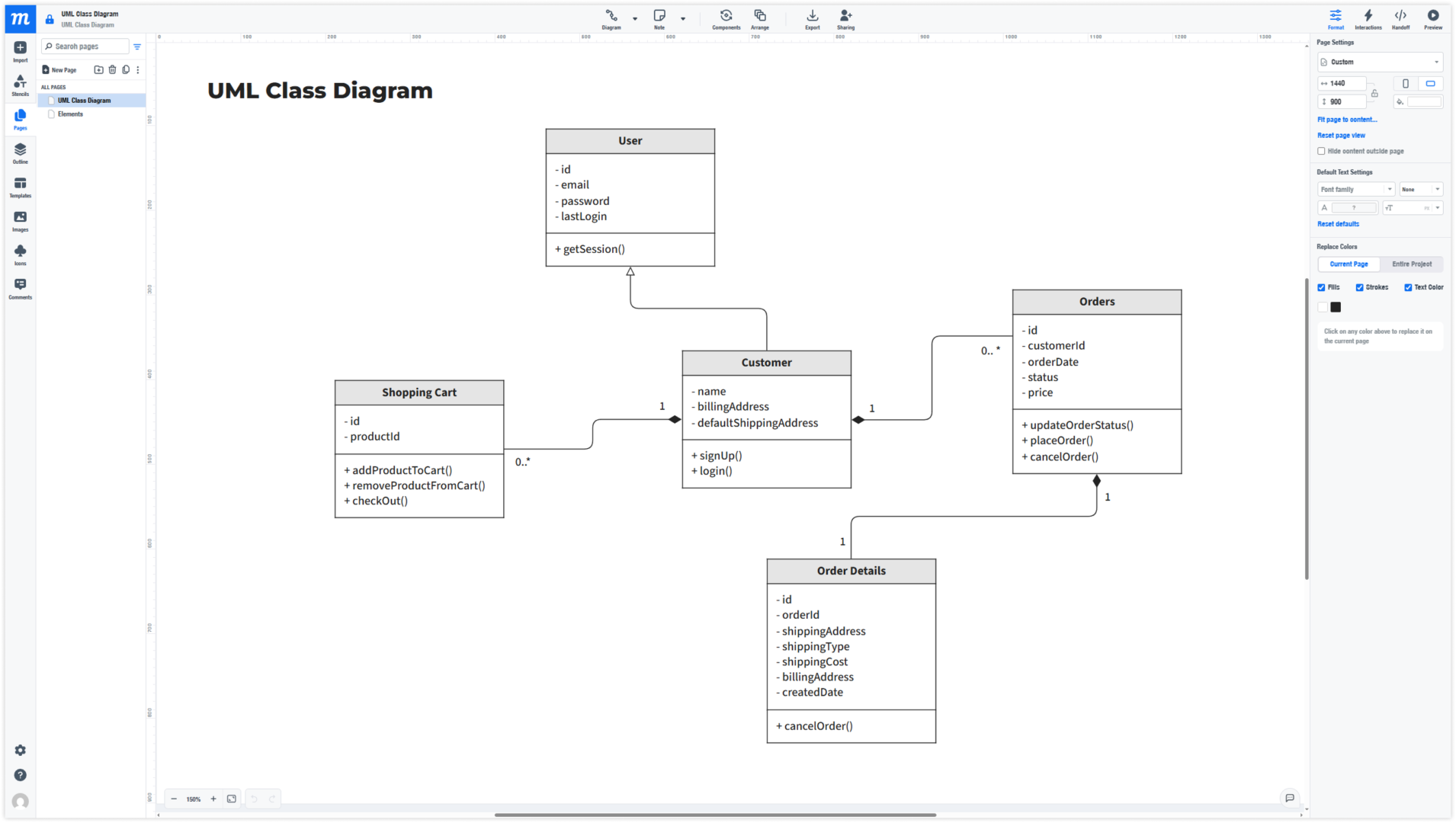
At this stage, the client’s key task is to carefully review the document. It is necessary to ensure that all business processes are described correctly, the functionality matches actual tasks, and formulations eliminate ambiguity. Attention should be paid to details: user roles, automation rules, integration scenarios. The more thoroughly the client checks the ToR now, the fewer conflicts and revisions there will be later.
The contractor’s team analyzes the document from their perspective and makes clarifications. Developers evaluate the technical feasibility of requirements, propose alternative solutions to optimize costs or timelines, and point out possible risks. In addition, specialists may supplement the ToR with architectural diagrams, suggest tools, or ready-made integrations that speed up development.
Once all comments and revisions are agreed upon, the document is approved by both parties. The final version of the ToR becomes the working foundation of the project: it is used for budget calculations, timeline planning, and project evaluation. It is important to note that the ToR may also serve as a legal document, but only if it is approved by both parties and formalized as an annex to the contract.
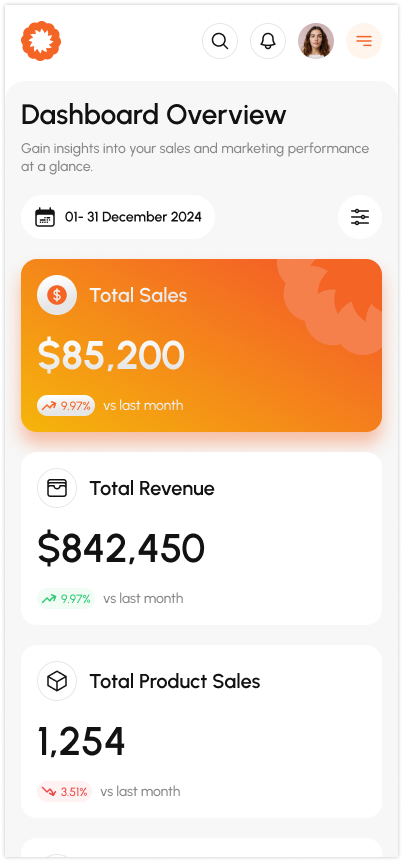
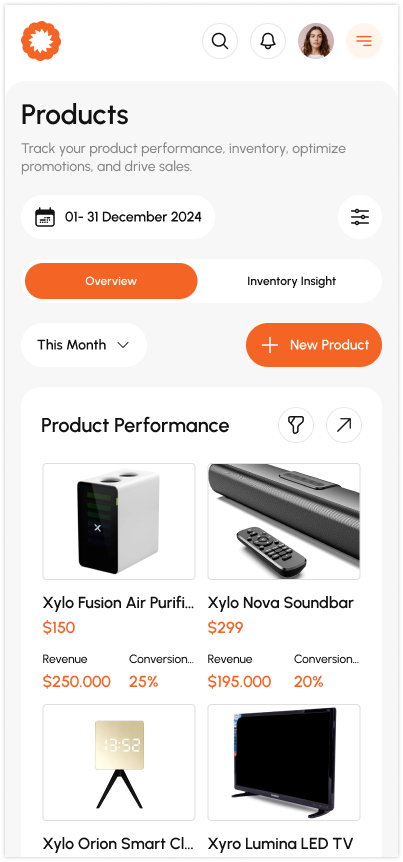
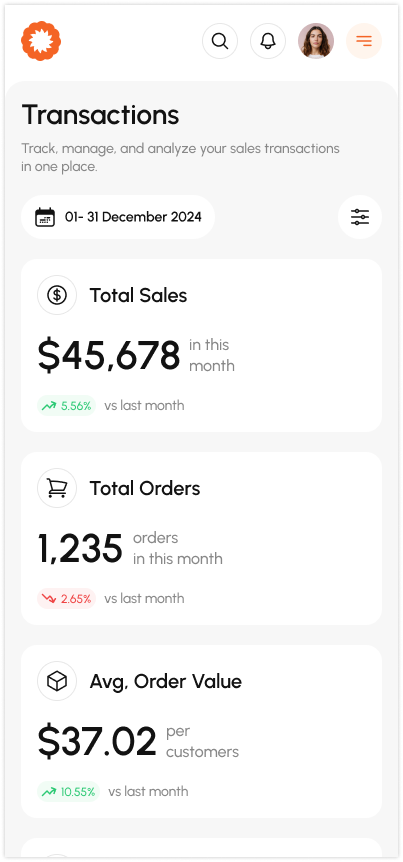
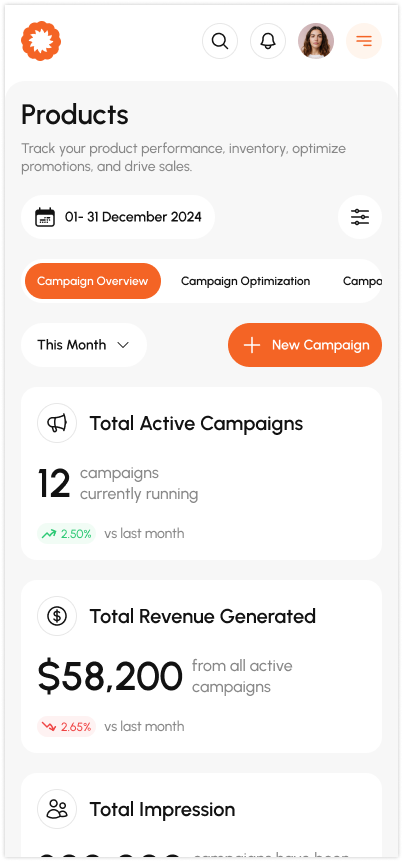
Mobile version of CRM
One of the main issues is overly general statements like “the system should be convenient” or “CRM should speed up sales.” Such requirements cannot be objectively verified and cannot be implemented unambiguously. As a result, developers interpret them in their own way, and the client ends up with something different from what was expected. To avoid this, every requirement must be specific and measurable: for example, “page load time should not exceed 2 seconds” or “notifications about a new request must reach the manager within 30 seconds.”
Often, a ToR describes functionality in detail but neglects parameters such as performance, security, scalability, and fault tolerance. This leads to situations where the system technically works but begins to “lag” as the number of users grows, or creates risks of data leaks. Non-functional requirements directly impact stability and the long-term cost of maintenance, so they must be defined from the very beginning.
Even the most detailed text-based ToR doesn’t always provide full clarity. Without interface prototypes, business process diagrams, or UML diagrams, the client and developers may imagine the final result differently. This results in multiple revisions at later stages, when changes become costly. Visualization is a simple tool that helps align expectations early and “see” the future system before coding begins.
A well-prepared ToR ensures process transparency, makes deadlines and budgets predictable, and guarantees that the final system will truly solve the company’s business challenges.
When the document clearly defines goals, functional requirements, user roles, prototypes, and usage scenarios, both client and contractor share a common language and a unified reference point. This reduces the risk of errors, speeds up implementation, and increases the chances that employees will adopt and actively use the system.
Our team helps prepare and align ToRs, including prototypes, checklists, and visualization. If you need Terms of Reference development, our team is ready to assist.
Can a ToR be prepared without a prototype?
Formally – yes, but this significantly increases risks. Without visualization of the future system, the client and developer may interpret tasks differently, leading to numerous revisions during the process. A prototype helps align expectations in advance and saves time on rework.
What is the difference between a ToR for CRM and ERP?
A ToR for CRM focuses on customer management, sales, marketing, and service. A ToR for ERP, on the other hand, describes a company’s internal processes: finance, production, warehouse, HR. The structure of the document is similar, but the emphasis and modules differ.
How long does it take to prepare a Terms of Reference?
Typically, from two weeks to a month. It depends on the project’s scale, the number of integrations, and the level of detail required: a small CRM may only take a couple of weeks, while a large ERP with dozens of modules will require more time.
Can the ToR be changed during development?
Yes, the document is “living” and can be adjusted. However, every change affects deadlines and budget. This is why it’s important to build in flexibility from the start and prioritize features: what is needed at launch, and what can be added later.
What tools are best for preparing terms of reference?
It is convenient to combine several tools when working with requirements:
Can I use a ready-made ToR template from the internet?
Yes, by searching for “Terms of Reference template” or “Terms of Reference sample,” you can find several examples. However, such documents are generic and rarely account for the specifics of a particular business or project. To make the ToR a reliable foundation for development and avoid risks, it is better to prepare it individually. Our team specializes in this – contact us, and we will create a Terms of Reference that fully meets your requirements.
Contact the experts Have a question?
Developed by AVADA-MEDIA™
The user, filling out an application on the website https://avada-media.ua/ (hereinafter referred to as the Site), agrees to the terms of this Consent for the processing of personal data (hereinafter referred to as the Consent) in accordance with the Law of Ukraine “On the collection of personal data”. Acceptance of the offer of the Consent is the sending of an application from the Site or an order from the Operator by telephone of the Site.
The user gives his consent to the processing of his personal data with the following conditions:
1. This Consent is given to the processing of personal data both without and using automation tools.
2. Consent applies to the following information: name, phone, email.
3. Consent to the processing of personal data is given in order to provide the User with an answer to the application, further conclude and fulfill obligations under the contracts, provide customer support, inform about services that, in the opinion of the Operator, may be of interest to the User, conduct surveys and market research.
4. The User grants the Operator the right to carry out the following actions (operations) with personal data: collection, recording, systematization, accumulation, storage, clarification (updating, changing), use, depersonalization, blocking, deletion and destruction, transfer to third parties, with the consent of the subject of personal data and compliance with measures to protect personal data from unauthorized access.
5. Personal data is processed by the Operator until all necessary procedures are completed. Also, processing can be stopped at the request of the User by e-mail: info@avada-media.com.ua
6. The User confirms that by giving Consent, he acts freely, by his will and in his interest.
7. This Consent is valid indefinitely until the termination of the processing of personal data for the reasons specified in clause 5 of this document.
Send CV
Contact us in any convenient way for you:
+ 38 (097) 036 29 32